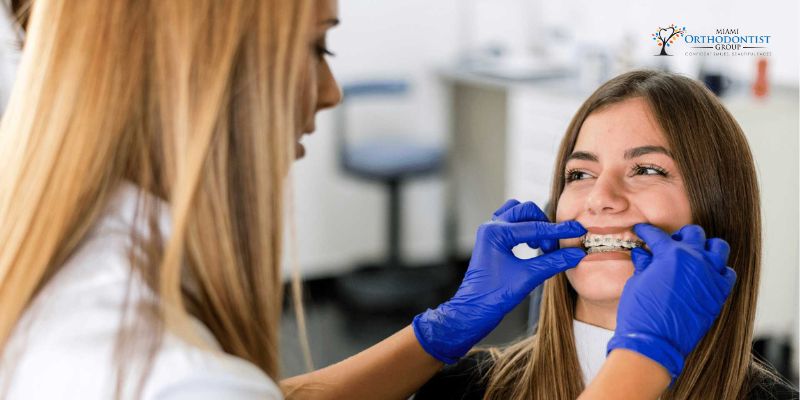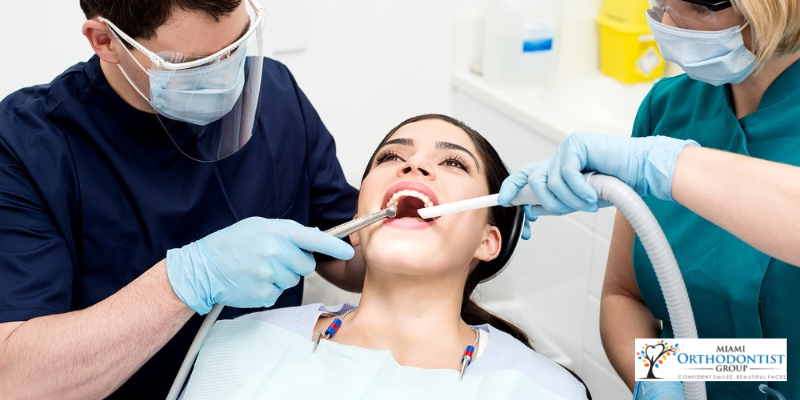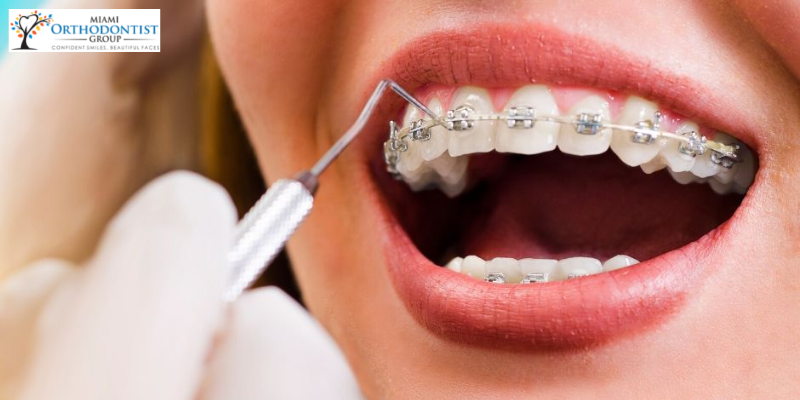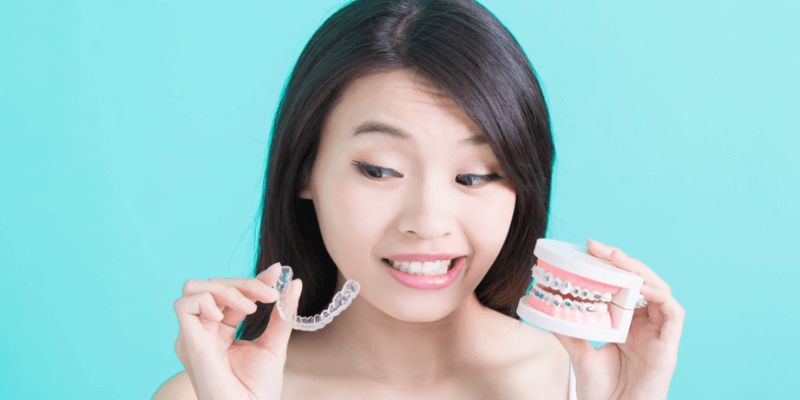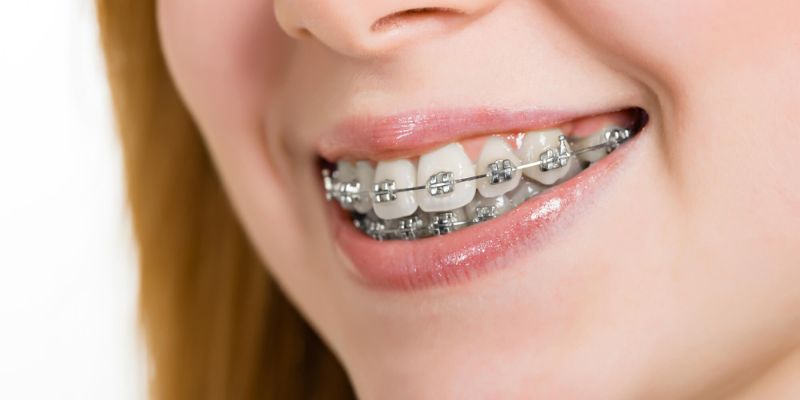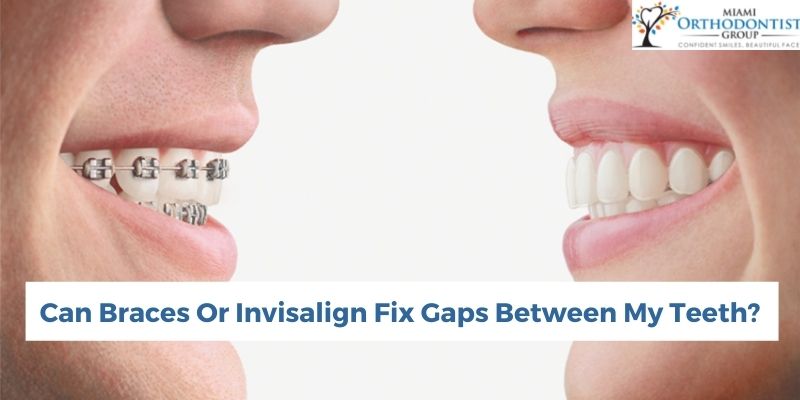Navigating the first week with braces can be challenging as your mouth adjusts to the new removable orthodontic appliances. Understanding how to manage pain effectively during this crucial period can significantly affect your comfort and overall experience.
Orthodontic treatment is often associated with adolescence, but the reality is that people of all ages can benefit from braces.
Dentofacial Orthodontics, Braces, Invisalign Aligners, Orthodontic Care.
Orthodontic treatment has come a long way in recent years, providing patients with innovative solutions beyond traditional braces
You can achieve straight teeth, an improved bite, and a beautiful smile through orthodontic treatment with braces.
You can look glamorous when you smile. Unfortunately, not everyone has a beautiful smile.
Recall the times when practically everyone you knew had braces on their teeth when you were a teenager. It's not too late if you didn't wear them when you were younger.
You must wear orthodontic retainers to keep your newly arranged teeth after all the work you've put into enhancing your smile and maintaining your health and happiness.
What exactly is an overbite? When the upper teeth are 30 to 50% larger than the lower teeth, it is called overbite or overbite. Malocclusion is the medical term for this problem. Sometimes an overbite appears to be a problem with a person’s teeth, but in reality, it’s that person’s teeth and jaws are not …
Do you know what is the most common dental issue? Teeth gapping. Millions of people visit dental clinics because they want to get rid of teeth gapping. You might know that dentists can straighten crooked teeth with the help of braces and Invisalign aligners. Within a year, you can observe the changes in your teeth’s …
Continue reading "Can Braces Or Invisalign Fix Gaps Between My Teeth?"




